
| Japan Heritage Kisoji |
| Cultural Properties |
| Travel Column |
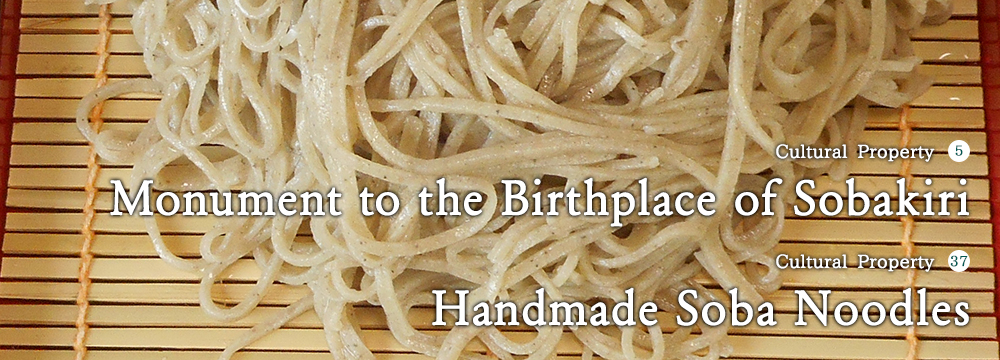
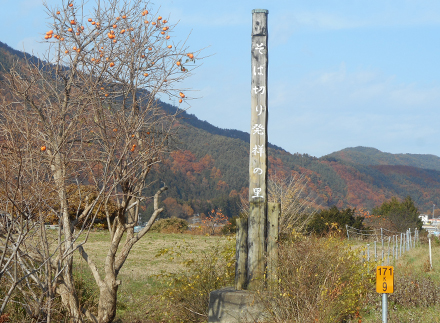
A monument to the birthplace of sobakiri (a.k.a. soba/buckwheat noodles) was built in Motoyama-juku. It shows that soba was born in the Kiso Valley.
Affiliated with the holy men of Mt. Ontake, soba later became a local specialty of Kaida Highlands. The Kiso Valley is said to be the birthplace of soba (designated an intangible cultural property of Nagano Prefecture).
Motoyama Sobanosato is another name for Motoyama-juku which is located in the Seba Motoyama area and used to flourish as a post town along the Nakasendo Road. An old book titled “Fuzoku Monzen (anthology of manners and customs)” reads, “Sobakiri originated in Motoyama-juku in Shinano (present-day Nagano), and was made popular nationwide.” You can enjoy locally-produced soba at the place where soba was born.
Motoyama Sobanosato provides soba that is seeded, harvested, milled in the fields around soba restaurants, and handmade by residents.
You can see pure white buckwheat fields in the fall.
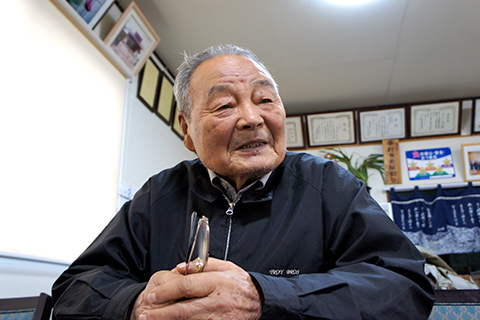
Yoshihiro Hanamura, director of the restaurant Motoyama Sobanosato
As you drive on National road 19, you can see the monument to the birthplace of sobakiri.
The name of Motoyama Sobanosato is based on a description from the year 1706 in “Fuzoku Monzen.” It goes, “According to Unrei, sobakiri originated in Motoyama-juku in Shinano and was made popular nationwide.”
We interviewed Mr. Yoshihiro Hanamura. He knows much about sobakiri and is the director of the restaurant Motoyama Sobanosato.
“The Nakasendo Road ran from Sakurazawa to Shimosuwa, but was moved in 1614 so that it ran from Motoyama to Seba to Shimosuwa. Motoyama Castle and Motoyama-juku then became important places.
Motoyama-juku was the 32nd post town on the Nakasendo Road and had 30 inns.
According to ‘Fuzoku Monzen,’ soba was made popular nationwide from here.
Many people accepted this tale until a document was discovered in Joshoji Temple in 1994. It says that people started to eat soba in 1574. Both writings are parts of the history and culture.”
“We registered Motoyama Sobanosato as a trademark in 2005. After the railroad was opened in 1911, the number of visitors to Motoyama-juku dropped off. However, the technique of soba-making has stayed the same as that of the Meiji period and has been passed down from mothers to children as celebratory meals for harvest and family occasions.”
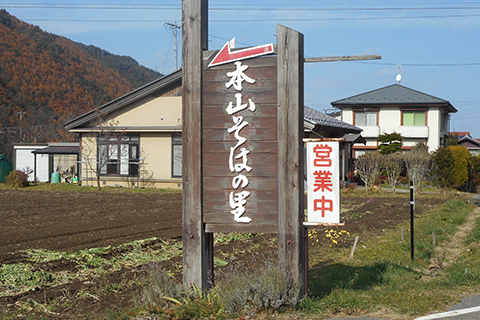
Don’t miss the sign!
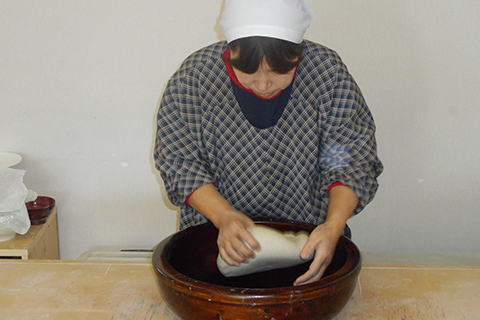
A local lady is making soba noodles.
“Do you have any recommendations for local specialties besides soba?”
“Soba is the main one, but people say our parsley pickles are good. They say they eat them year-round.
Radishes are available all year round, nigauri (bitter gourd) are available between August and October, nozawana are from autumn to March, and butterbur sprout tempura is only in March and April. Providing seasonal meals is a hidden joy.
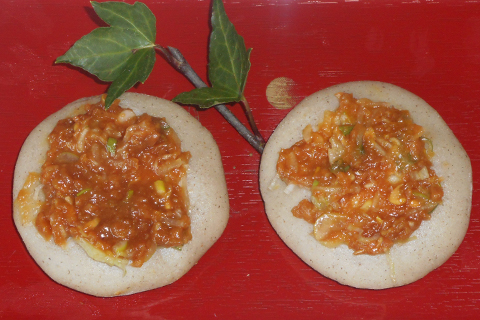
Usuyaki is another recommendation.
“Tell us about upcoming events.”
“The Sobanohana Festival is held in early September. A sea of buckwheat surrounds Sobanosato.
We sow the seeds of buckwheat in early August. The best time for viewing buckwheat flowers is September and October.
We start to provide shin-soba (soba made from a fresh crop of buckwheat) at the end of October. Come and eat some! Please inquire with the soba restaurants before you go to them.”
Open 11 a.m. – 4 p.m. Closed on Mondays from January through March.
A soba-making experience is available (reservation required).
You can eat the soba you make at the shop or bring it back home.
“The residents in this area can work even at the age of 75 or 80. All of us have invested to open Sobanosato restaurant, so our soba is genuine.” Mr. Hanamura said.
Fried seasonal, edible wild plants and local fresh vegetables are also recommended.
10 minutes by taxi
20 minutes by car
4044-1 Soga, Shiojiri City, Nagano Prefecture
Phone:0263-54-6371
| View All Cultural Properties |